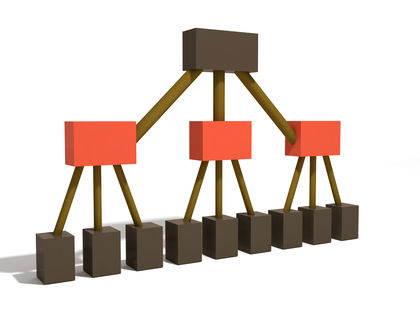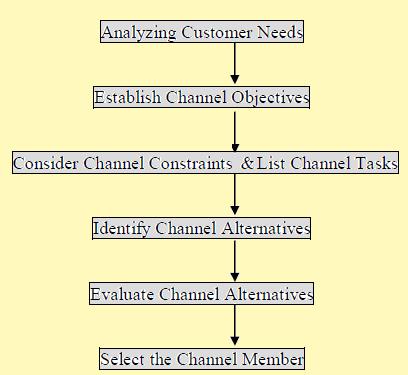Personal selling is one of the oldest forms of promotion. It involves the use of a sales force who orally communicates about the company’s products or services to the potential buyers with an intention to make a sale. Personal selling is the primary demand stimulating force in the industrial marketer’s promotional mix. Its role is very dominant in industrial markets because of less number of potential customers present compared to the consumer markets and the large amount of money purchases involved. As the cost per sale through personal selling is too high, industrial marketers have to carefully manage and integrate personal selling into organization’s marketing mix. This will also lead to maximize its effectiveness and efficiency. The job of personal selling starts after determining the target segment in the organization’s market. The sales force in most of the industrial organizations follow the “systems selling” approach where they recognize the entire Continue reading
Industrial Marketing
Industrial marketing, also known as business-to-business (B2B) marketing, is a branch of communications and sales that specializes in providing goods and services to other businesses, rather than to individual customers.
Industrial Distribution Channel Management
Channel designing is resorted to by the industrial marketer when he has to develop either a new channel system or modify an existing one. As channel design and management is a difficult and an incessant task, an industrial marketer has to go through certain stages that are involved in designing a superlative channel system. The various steps that are involved in channel design process are analyzing needs of the customer, establishing channel objectives, considering channel constraints, listing channel tasks, identifying channel alternatives, evaluating alternate channels and selecting the intermediaries. The industrial marketer also has to take appropriate decisions on industrial distribution channel management by selecting the right intermediaries based on the various steps. The intermediaries need to be continuously motivated by means of offering them various benefits and facilities. Any conflicts arising between the intermediaries due to various reasons need to be solved by the industrial marketer. Finally, the entire Continue reading
Develop a Successful Industrial Promotion Program
Today’s economic conditions call for careful consideration of the elements that are essential in developing an effective communication program – whether it is industrial or consumer oriented. Promotional variables must be artfully integrated if communication objectives are to be achieved most effectively. Many of the principles that are followed in developing consumer advertising programs are not only applicable but are necessary in developing an effective industrial promotional program. The objective of industrial advertising, for instance, is to communicate something about the company and its products. It should be designed, then, to enable the company and its sales people to become favorably known to current and potential customers, to convey specific and technical information regarding the characteristics of a particular product(s), to help sales people in their selling effort, to motivate distributors of industrial goods, and to reach those who either directly or indirectly influence the buying of industrial goods. An Continue reading
Industrial Distribution Channel Design
It is very important that a distribution channel is properly aligned to satisfy the needs of channel members and also for the success of any industrial marketing strategy. A good industrial channel creates the communication and physical supply linkages with existing and potential customers. Channel designing in industrial markets is a dynamic process that consists of either developing the new channels or modifying the existing ones. Designing an appropriate industrial distribution channel and managing it is a tough and continuing task. A well designed channel structure helps to achieve the desired marketing objectives. A channel structure consists of types and number of middlemen, terms and conditions of channel members, number of channels. The various steps that are involved in industrial distribution channel design in industrial markets are given in the following figure. Let us understand each of the stages of industrial distribution channel design process in detail: 1. Analyzing the Continue reading
Channel Strategy Formulation in Industrial Marketing
Formulating the channel strategy in industrial marketing involves an analysis of conditions which have a bearing on the best choice among structural alternatives and on the relationship between them and the manufacturer which will be most productive. In general, the industrial marketer has a choice of three types of structural arrangements. Direct to users – through the manufacturers own sales force, with or without a network of branch warehouses. Indirect to users – through agents or wholesale distributors. The choice of an indirect channel system involves the choice of a selective (only one or a few outlets in each market area) or intensive (a number of outlets in each market area) relationship. Mixed structure – the nature of the structural network differs with the segmentation of the market. One segment may buy the manufacturer’s product in standard grades, while another may want special quality variations. While indirect distribution may be Continue reading


